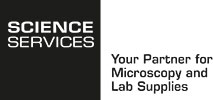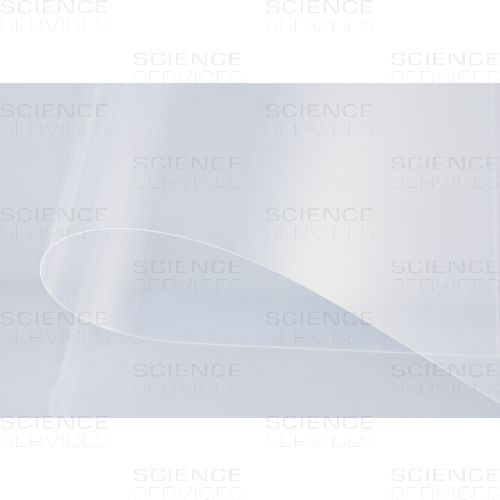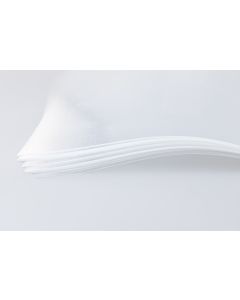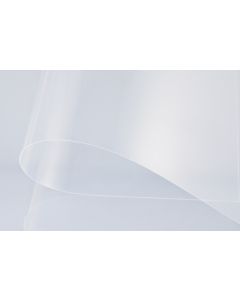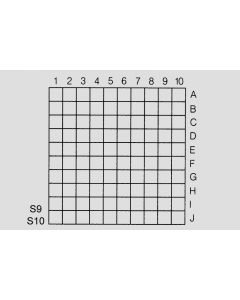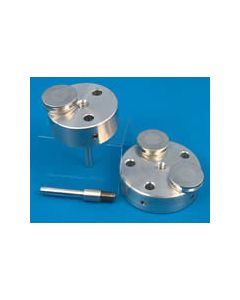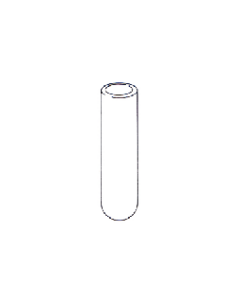ACLAR® Fluoropolymer-Film, 203x317,5mm (8"x10"), 199µm thick (7.8mil)
Product Details
Description
ACLAR® is made from fluorinated-chlorinated resins. There are four basic film types–the homopolymer ACLAR® Rx Series, the copolymers ACLAR® 22A and 33C and the new ACLAR® UltRx. (Honeywell/Allied Signal). The chemical make-up of all ACLAR® products provide an exceptional moisture barrier. ACLAR® is crystal clear, biochemically inert, highly resistant to most chemicals and sterilizable by heat or radiation. ACLAR® is used widely in pharmaceutical, medical, sensitive electronics and military packaging.
ACLAR® 33C is a copolymer film consisting primarily of chlorotrifluoroethylene (CTFE). It offers an outstanding moisture barrier, excellent chemical resistance and minimal dimensional change (<2%), making it the best choice for use in microscopy.
Features
- Crystal clear, high UV transparency– ideal for use in UV curing of embedding resin in microscopy.
- Chemically stable and biochemical\y inert– the product of choice for growing cell cultures.
- Low dielectric constant, high electric strength and dissipation factor– offers excellent cell attachment even through lengthy processing procedures.
- Low surface energy–and separates easily from epoxy.
- Exhibits no detectable autofluorescence– ideal for fluorescent microscopy.
- A non-flammable, non-aging co-polymer–
which is suited for sterilization by heat or UV. - Crystalline melting point is 206°C (403°F)– stable in the SEM.
- Flexible and soft– can be sectioned without damage to the ultramicrotome knives.
- Stable for use with High Pressure Freezing.
ACLAR® film is now available in 7.8 mil (199µm) thickness and it is offered in a 8” x 10” sheet form with package quantities of 10 or 25.
ACLAR® Physical Data Sheet
(These are only typical values and are not to be interpreted as product specifications):
|
Typical Value
|
|||
| Properties@ 73°F ~50% RH | English | Metric | Test Method |
| Gravity Specific | 2.12 | ASTM D1505 | |
| Yield 7.8 mil | 1,677 in2/lb. | 2.38m2/kg | |
| Haze | <4.5% | ASTM D1003 | |
| Crystalline Melting Point | 403°F | 206°C | ASTM D4591 |
| Dimensional Stability, 10 min @ 300°F -MD -TD |
<2% <2% |
ASTM D1204 | |
| Tensile Strength -MD -TD |
3000-4600 psi 3000-4000 psi |
21-32 MPa 21-38 MPa |
ASTM D882 |
| Elongation (MD/TD) | 50-125% | ASTM D882 | |
| Modulus, Secant (MD/TD) | 185,000-200,000 psi | 1276-1379 MPa | ASTM D882 |
| Tear Strength, Graves (MD/TD) | 425-525 g/mil | ASTM D1004 | |
| Water Vapor Transmission Rate @ 100°F/ 100% RH |
0.003 gm/100 in2/day | 0.047 gm/m2/day | ASTM F1249 |
| Thermal Conductivity | 4.7 x 10-4 cal-cm/cm2sec °C | ||
| Flammability | Nonflammable | ||
| Oxygen Index | 100 | ASTD D2683 | |
ACLAR® Chemical Data Sheet
| Chemicals | Average Weight Increase | Visible Effect on Sample |
| Acetone | 0.5% | None |
| Butyl Alcohol | - | None |
| Carbon Tetrachloride | 1.6% | Slightly flexible |
| 1,2-Dichloroethane | 0.03% | None |
| Ethyl Acetate | 6.0% | Very flexible |
| Ethyl Alcohol | None | None |
| Ethyl Ether | 5.2% | Very flexible |
| Ethylene Oxide | 4.0% | Very flexible |
| Formic Acid | None | None |
| Gasoline | None | None |
| All Acids (HCl, H2SO4..) | None | None |
| Methanol | None | None |
| Propylene Oxide | - | None |
| Toluene | 1.1% | Slightly flexible |
| Osmium Tetroxide | None | None |
| Plastisolve | - | None |
References
Jiménez N et al, Gridded Aclar: Preparation methods and use for correlative light and electron microscopy of cell monolayers, by TEM and FIB-SEM.
J Microsc. 2010 Feb;237(2):208-20.
Kingsley RE et al., Preparation of cultured mammalian cells for transmission and scanning electron microscopy using Aclar film.
J Electron Microsc Tech., 10, 77-85 (1988).
Mawe GM et al, Ultrastructure of HRP-labeled neurons: a comparison of two sensitive techniques.
Brain Res Bull. 1983 Apr;10(4):551-8.
Masurovsky EB & Bunge RP, Aclar Film in Biological Electron Microscopy.
J Electron Microsc Tech. 1989 Jun;12(2):172-3.
Masurovsky EB & Bunge RP, Fluoroplastic coverslips for long-term nerve tissue culture.
Stain Technol. 1968 May;43(3):161-5.
More Information
| Dimensions | 203x317,5mm |
|---|---|
| Manufacturer |
ACLAR
|
